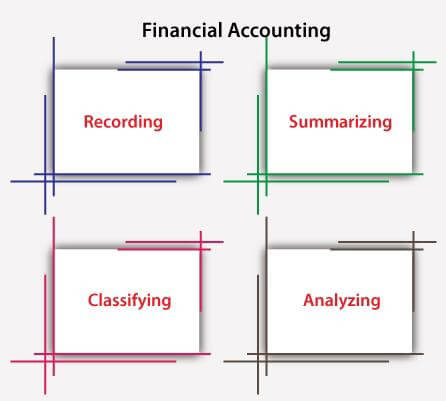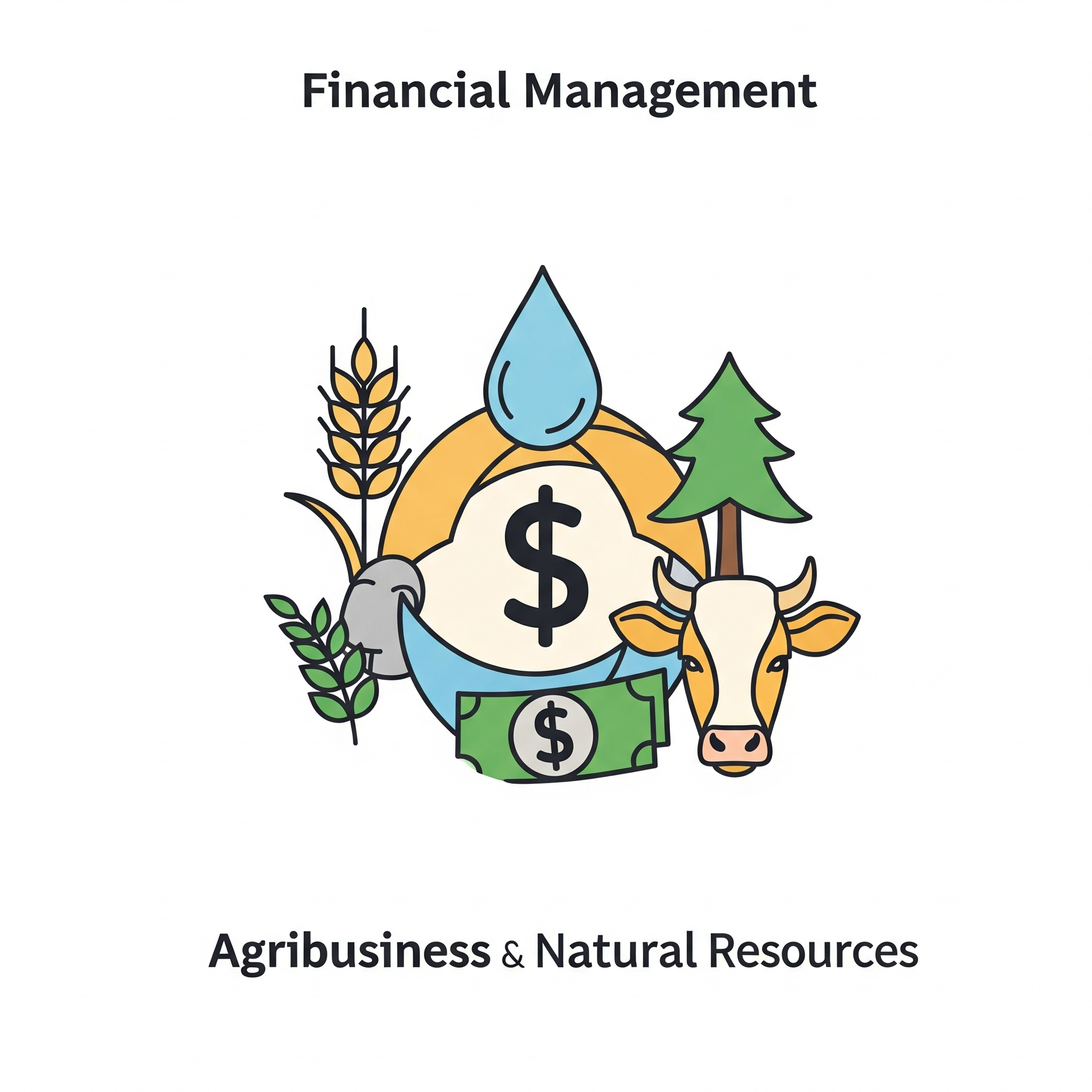- Lecturer: Prof Fredericks De Waal
- Lecturer: Rebecca Mujazu
- Lecturer: Cephas Pahla
- Lecturer: Prof Isaac Randa
- Lecturer: James Van Rooi
NUST eLearning
Search results: 1366
- Lecturer: Willemien Gertze
- Lecturer: Magdaleena Nambala
- Lecturer: Cephas Pahla
- Lecturer: Adri Smith
- Lecturer: Magdaleena Nambala
- Lecturer: Cephas Pahla
- Lecturer: Adri Smith
- Lecturer: Linda Kambonde
- Lecturer: Dr Daniel Kamotho
- Lecturer: Faith Marais
- Lecturer: Maylin Cloete
- Lecturer: Willemien Gertze
- Lecturer: Annete Peter
- Lecturer: Zia Stellmacher

This course is structured to introduce the student to various specialized topics in the accounting process including the measurement and recognition in the financial statements of sole traders. Specific emphasis will be placed on the requirements of the International Financial Reporting Standards in the preparation and presentation of financial statements at an introductory level.
- Lecturer: Linda Kambonde
- Lecturer: Hendrina Kangala
- Lecturer: Faith Marais
- Lecturer: Helmut Namwandi

This course is structured to introduce the student to various specialized topics in the accounting process including the measurement and recognition in the financial statements of sole traders. Specific emphasis will be placed on the requirements of the International Financial Reporting Standards in the preparation and presentation of financial statements at an introductory level.
- Lecturer: Linda Kambonde
- Lecturer: Hendrina Kangala
- Lecturer: Faith Marais
- Lecturer: Linda Kambonde
- Lecturer: Hendrina Kangala
- Lecturer: Faith Marais
- Lecturer: Ester Sakeus
- Lecturer: Maylin Cloete
- Lecturer: Gift Kafula
- Lecturer: Simeon Nghiwilepo CA (NAM)
- Lecturer: Zia Stellmacher
- Lecturer: Patemoshela Erkie
- Lecturer: Linda Kambonde
- Lecturer: Calistus Mahindi
- Lecturer: Faith Marais
- Lecturer: Dr Dumisani Muzira
This is the Financial Accounting 202 course for the year 2024.
- Lecturer: Patemoshela Erkie
- Lecturer: Linda Kambonde
- Lecturer: Calistus Mahindi
- Lecturer: Faith Marais
- Lecturer: Dr Penelope Midzi
- Lecturer: Dr Dumisani Muzira
- Lecturer: Gift Kafula
- Lecturer: IMMANUEL-KING KENARUZO
- Lecturer: lmmanuel-King Kerii Kenaruzo
- Lecturer: Zia Stellmacher

- Lecturer: Dr Shewangu Dzomira
- Lecturer: Annely Iyambo
- Lecturer: Linda Kambonde
- Lecturer: Dr Daniel Kamotho
- Lecturer: Faith Marais
The course introduces students to the theoretical and empirical issues relating to the role of financial markets in the economy. The course also deals with the term structure of interest rates, derivatives, risk and return, capital asset pricing model, financial intermediation, asymmetric information theory, the capital structure theory, and the impact of financial sector development and economic growth. By the end of the course students will have an in-depth understanding of the relationship between financial markets and the economy as a whole.
- Lecturer: Kasnath Jazuvirua Kavezeri
- Lecturer: Prof Joseph Akande
- Lecturer: Cephas Pahla
- Lecturer: Prof Isaac Randa
- Lecturer: James Van Rooi

This course provides students with a foundational understanding of financial management principles and their application in agribusiness and natural resource enterprises. The course is structured into six units:
-
Unit 1: Introduction to Financial Management introduces the core principles, decision-making processes, and key terms essential to understanding financial management in resource-based sectors.
-
Unit 2: Financial Statement Preparation and Interpretations focuses on the structure, purpose, and interconnection of the four main financial statements—balance sheet, income statement, cash flow statement, and owner’s equity statement—and how they inform financial decisions.
-
Unit 3: Financial Performance Evaluation – Financial Statement Analysis equips students with tools such as trend analysis, ratio analysis, and DuPont analysis to assess business performance and diagnose financial health.
-
Unit 4: Short-Term Financial Planning Tools introduces budgeting tools including cash flow, enterprise, and partial budgets to support day-to-day and seasonal planning decisions in agricultural enterprises.
-
Unit 5: Time Value of Money explains the concepts of present and future value, including the valuation of cash flow streams and the use of TVM in assessing the economic viability of future financial decisions.
-
Unit 6: Long-Term Financial Planning covers capital budgeting techniques such as payback period, net present value (NPV), and internal rate of return (IRR), enabling students to evaluate and compare long-term investment options in agribusiness and natural resource contexts.
Throughout the course, emphasis is placed on applying financial tools and analytical techniques to real-world decision-making scenarios faced by managers in agriculture, forestry, fisheries, and related industries.
- Lecturer: Lubinda Mwala

Cost and Management Accounting:
The aim of the module is to develop knowledge and understanding of cost and management accounting techniques needed to support management in planning, controlling and monitoring performance in a variety of business context.
The main areas to be covered will include the following:
1. Explain the nature, source and purpose of management information.
2. Explain and analyse data analysis and statistical techniques.
3. Explain and apply cost accounting techniques.
Finance:
Financial Management is concerned with the acquisition and deployment of financial resources to achieve key objectives. The three main areas of financial management are:
1. Acquisition of financial resources
2. Deployment of financial resources
3. The dividend decision
Whether or not to return surplus cash to shareholders (the dividend decision).
- Lecturer: Simeon Nghiwilepo CA (NAM)

Cost and Management Accounting:
The aim of the module is to develop knowledge and understanding of cost and management accounting techniques needed to support management in planning, controlling and monitoring performance in a variety of business context.
The main areas to be covered will include the following:
1. Explain the nature, source and purpose of management information.
2. Explain and analyse data analysis and statistical techniques.
3. Explain and apply cost accounting techniques.
Finance:
Financial Management is concerned with the acquisition and deployment of financial resources to achieve key objectives. The three main areas of financial management are:
1. Acquisition of financial resources
2. Deployment of financial resources
3. The dividend decision
Whether or not to return surplus cash to shareholders (the dividend decision).

This course is divided into two separate sections i.e., Finance and Costing. The purpose of this course is to provide students with the competence, on an intermediate level, to understand and apply the underlying concepts of cost accounting, specifically in relation to:
1. The manufacturing environment
2. Detailed knowledge regarding the concepts of inventory control, planning and inventory management
3. Budgeting, standard costing, performance measurement, transfer pricing and business strategy.
The course will equip the students with the skill to evaluate and select long-term investment options and to make decisions regarding the finance of an enterprise and its long-term assets. They would also be provided with the skills to value business operations using different valuation methods and perform financial analysis for decision making.
- Lecturer: Johnson Mutirua
- Lecturer: Beatrice Mutonga
- Lecturer: Simeon Nghiwilepo CA (NAM)
- Lecturer: Kuhepa Tjondu
